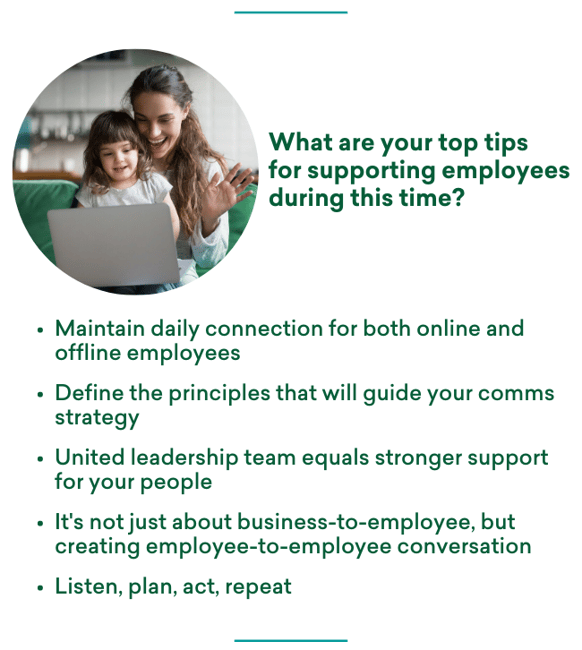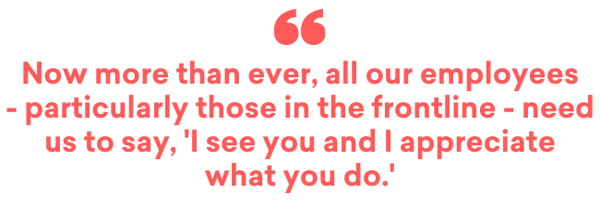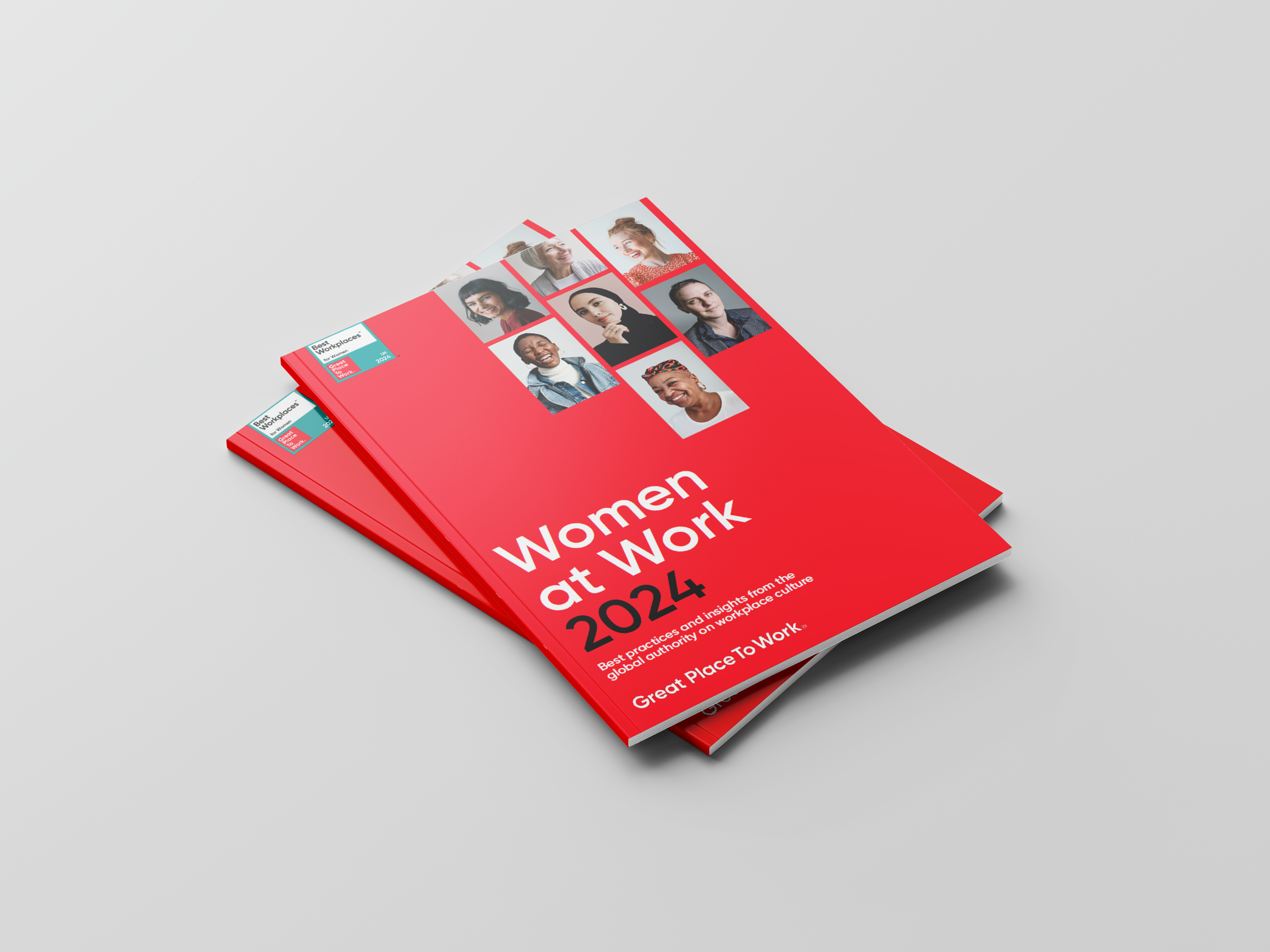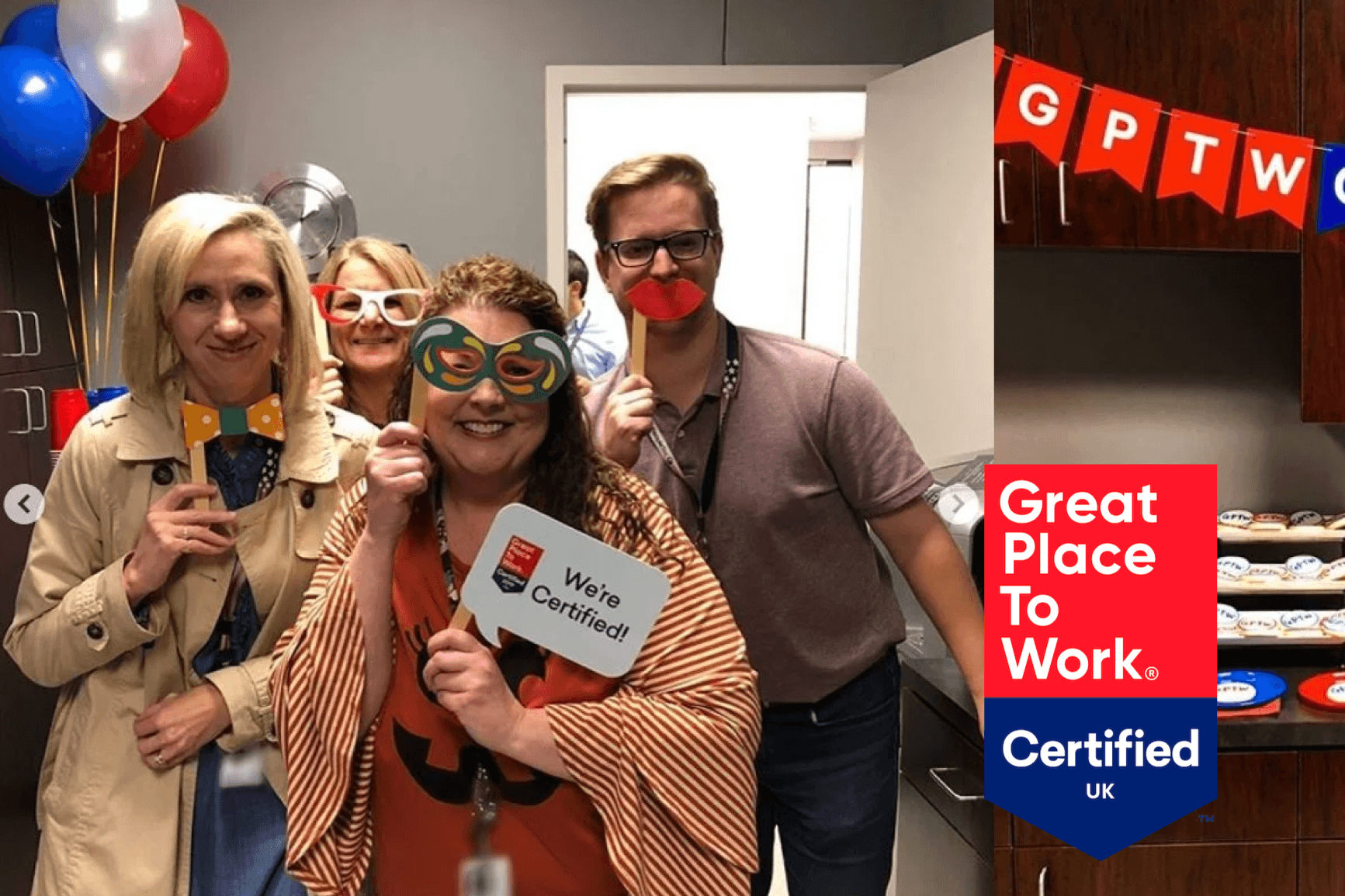Reward Gateway's Catrin Lewis, Head of Global Engagement and Internal Communications, shares their strategy for sustaining trust, encouraging recognition and building daily connectedness with employees during COVID-19.
What do you feel are the first steps organisations should take when building an internal communication action plan during this period?
The first thing we chose to do was to complete a business risk assessment involving our Leadership Team and Heads of Departments. This could include (but is not limited to) the CEO, CTO, HRD, COO, Head of Security, and Head of IT. They soon became our ‘Incident Management Team’ and my key stakeholders. They completed an assessment of the risks to and impact on standard operating procedures, business resources and operations, and included simulated testing of working from home for business continuity in the event of a workplace closure.
Internal Communication teams need to be provided with accurate, factual information relevant to the whole workforce. This assessment and testing ensured that our first communication clearly demonstrated that our business leaders were in control of the situation and were aware of how every employee will be impacted by it.
Our channels for facilitating this needed to be collaborative, instant, desktop and mobile-friendly with an effective alert feature for urgent communications.

We love your ‘Listen, Plan, Act, Repeat’ strategy for sustaining engagement. Can you tell us more about how you’ve implemented this in your daily comms?
Your people will see first-hand how the situation is impacting your business. They’re also the only ones who can ultimately take care of themselves. You can’t expect them to make the same decisions as you would, if you don’t provide them with the same information available to you. Being open and honest with your plan of action to help employees make informed decisions, also provides more data on which to base your own decisions.
For my personal active listening, I’ve joined group conversations and drop-in sessions for our various global locations. I’ve also ensured I have random lunchbreaks with employees to learn more about what is happening for their team. We have an open channel on our Instant Messenger which allows employees to share work from home tips and tales. We also have a private feedback form called ‘We Listen’ to allow people to share thoughts or challenges directly to the leadership team.
Increasing our client meetings and external forums has helped us to understand how the external world is being impacted. Our internal leadership meetings are more frequent (from once a week to almost daily check-ins). We listen, communicate and engage with our people and each other greatly and the result is a very agile, tactical management of the pandemic as it unfolds each week.
What advice do you have for leaders who may be busy strategizing ‘behind closed doors’ and have limited time to communicate with their teams during this WFH period?
Leaders need to make time for this. If you spend too long behind closed doors and aren’t visible during this period of high stress and change for your people, they are going to worry, panic and start to fill in the blanks with the stories our brain naturally constructs for itself in moments of high stress. Your strategy will be harder to implement, trust will take longer to regain, and the business will be weaker for it if you don’t prioritise people first.

Why is recognition so important during this time? How can managers best recognise their remote working teams?
People have had an instinctive response to focus on ensuring they have access to the very basics - food, water and of course toilet paper… and that they are safe from harm and loved ones are healthy. As employers, we play a role in this by providing income and even ensuring there’s a safe work environment. But we know that once those needs are met, we need a sense of love, belonging and esteem to continue thriving. And that’s where recognition really plays an important part.
Right now, our people are feeling isolated (being physically removed from our community), uncertain of the future, under pressure to change, making additional sacrifices or being an essential service provider. As leaders, we have an opportunity to support our people by connecting, motivating and inspiring employees simply by recognising and thanking them for their actions and the impact they are making each day.
Visibility matters. We know that feeling invisible affects motivation, and it even affects us physically. It’s tempting to only focus on developing crisis communications or business continuity planning, but now more than ever, all our employees - particularly those in the frontline - need us to say, “I see you and I appreciate what you do.”
What are some tips or advice you can give HR leaders to support with cultivating Business-to-Employee conversation and Employee-to-Employee conversation?
Simplify and define your channels to ensure your employees can find what they need easily.
At Reward Gateway, we have one channel for business-to-employee communications and everything else signposts our employees to it. This means that I then have accurate, meaningful and insightful reporting from one source of truth rather than having to match up several variables of vanity metrics.
With Employee-to-Employee channels, our people understand that Slack is our method of communicating. A great benefit of having only this channel is that we’re able to report and measure how many employee conversations are taking place, both directly and within groups. This is a good way to measure productivity and employee connection. I’m pleased to say with our own people we’ve not seen a drop in these numbers.

Need Help with Your Post-Pandemic People Strategy?
Our Consulting Services can provide the right skills and tools for navigating your transition back to 'normality'.











